Dogs are one of the most popular pets in the world, and it’s no surprise why. They are loyal, and loving, and make great companions. However, with so many different dog breeds out there, it can be overwhelming to choose the right one for you. In this article, we will provide a guide to finding the perfect dog breed for you, taking into account various factors such as lifestyle, size, temperament, health and grooming requirements, and where to get your new furry friend.
Consider Your Lifestyle
The first thing to consider when choosing a dog breed is your lifestyle. Do you live in an apartment or a house with a yard? Are you an active person or more of a couch potato? Certain breeds require more exercise than others, so it’s essential to choose a dog that fits in with your lifestyle. For example, if you’re an active person, breeds such as Golden Retrievers, Border Collies, or Australian Shepherds would be a great choice. However, if you’re more of a homebody, breeds such as Bulldogs, Basset Hounds, or Pugs would be a better fit.
Size Of The Dog Matters
The size of your dog is another important consideration. Different-sized dogs have different needs, so it’s essential to choose a size that works for you. Small dogs are ideal for apartment living as they don’t require as much space, while larger dogs need more room to move around. If you have small children, smaller dogs such as Beagles or Dachshunds would be a great choice. If you’re looking for a dog to protect your home, larger breeds such as German Shepherds, Rottweilers, or Dobermans would be more suitable.
Temperament and Personality
The temperament and personality of your dog are also essential factors to consider. Some breeds are more laid-back and easy-going, while others are more high-strung and energetic. If you have children, you’ll want to choose a breed that’s friendly and patient. If you’re looking for a companion for your elderly parent, a calm and low-maintenance breed such as a Cavalier King Charles Spaniel would be an excellent choice. If you’re an active person looking for a dog to go on adventures with, breeds such as Siberian Huskies, Boxers, or Vizslas would be a great fit.
Health and Grooming Requirements
Different dog breeds have varying health and grooming requirements, so it’s essential to consider this when choosing a breed. Some breeds require daily brushing and grooming, while others are low-maintenance. If you or a family member suffer from allergies, a hypoallergenic breed such as a Poodle or a Bichon Frise would be ideal. Breeds such as Bulldogs, Pugs, or French Bulldogs have short noses and are prone to breathing problems, while breeds such as German Shepherds or Labrador Retrievers are more prone to hip dysplasia.
Choosing a Breeder or Shelter
Finally, once you’ve decided on the perfect breed for you, it’s time to find your new furry friend. You can either buy from a breeder or adopt from a shelter. If you choose to buy from a breeder, make sure they are reputable and that the puppies are healthy and well-cared for. If you choose to adopt from a shelter, you’ll be giving a dog a second chance at a happy life. Shelters often have a variety of breeds and sizes to choose from, so you’re sure to find the perfect dog for you.
In conclusion, choosing the perfect dog breed for you requires careful consideration of various factors such as lifestyle, size, temperament, health and grooming requirements, and where to get your new furry friend. By taking these factors into account, you can ensure that you choose a dog that will fit seamlessly into your life and bring you joy for years to come. Remember, owning a dog is a big responsibility, and it’s important to be prepared to meet their needs, both physical and emotional.
Before bringing your new furry friend home, make sure you have all the necessary supplies, such as a bed, food and water bowls, toys, and grooming tools. Consider enrolling in a training class to help your new dog adjust to their new home and to teach them basic obedience commands.

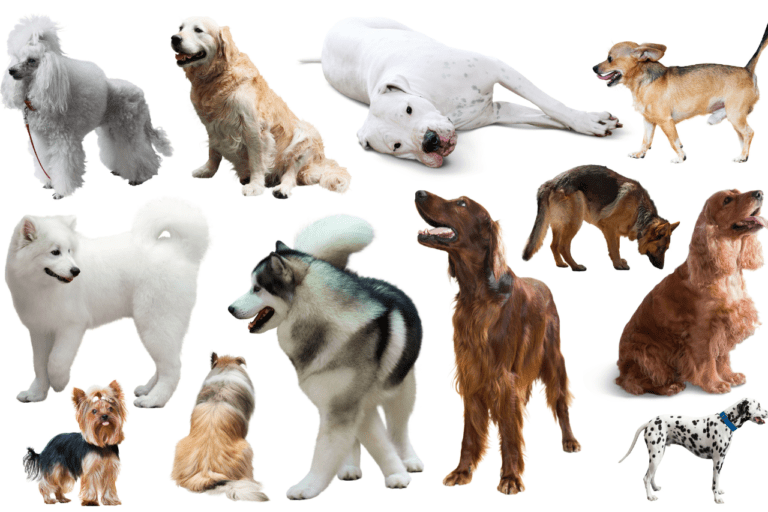
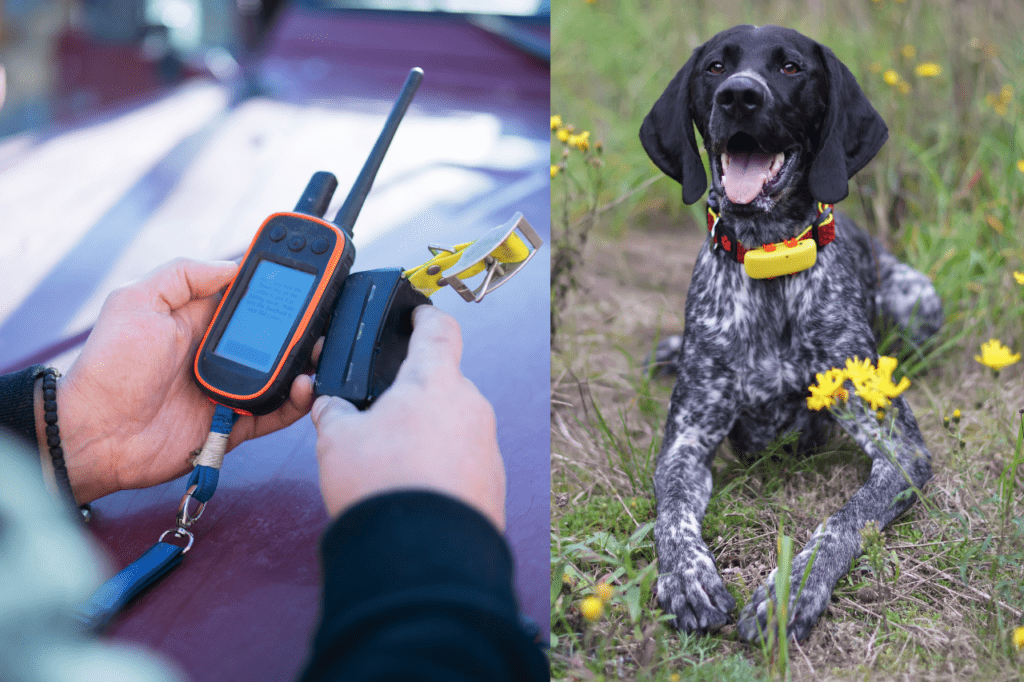
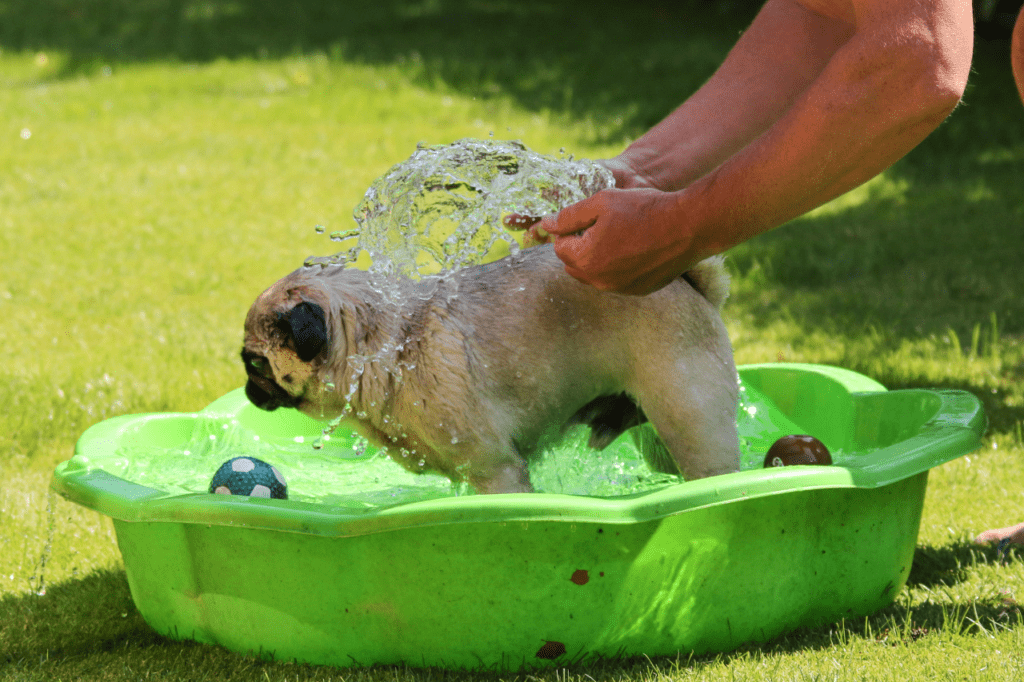

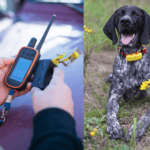




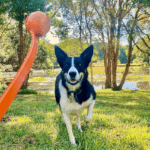
Recent Comments